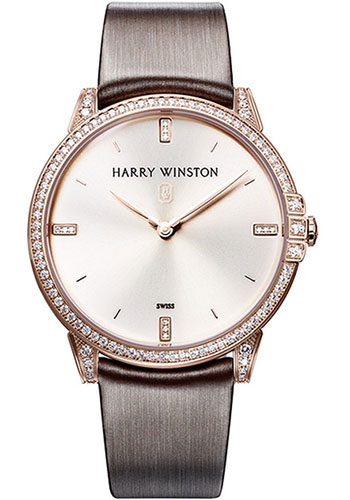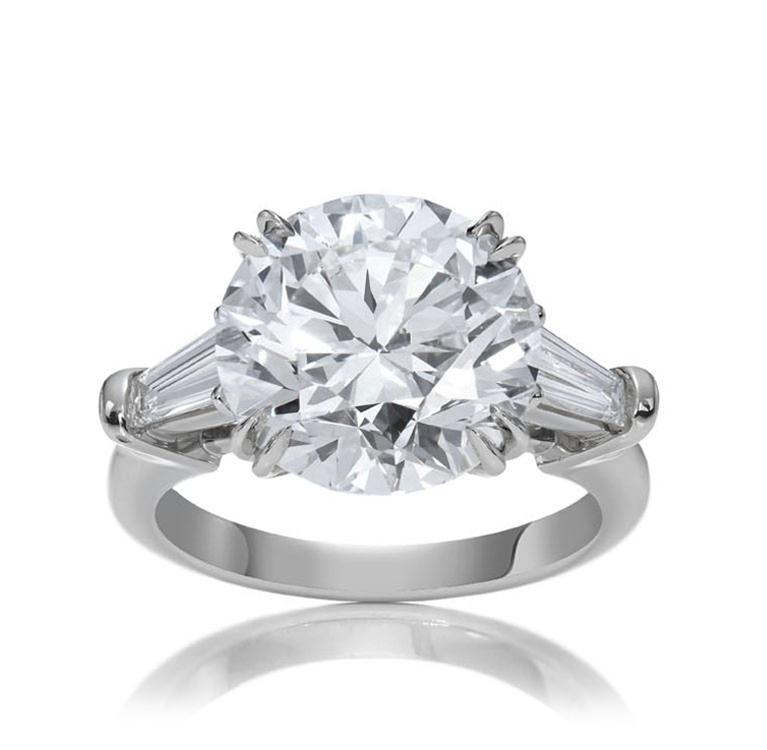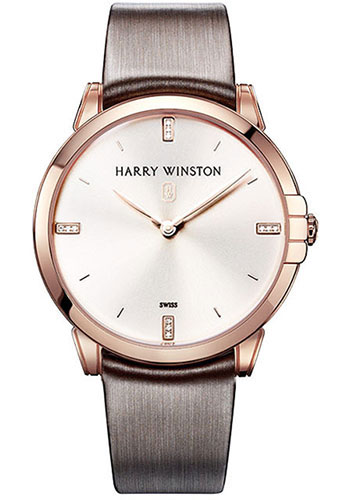
This isn’t a watch I’d ever own – I’m too poor, for one thing, and it’s just not me for another. Even the press photos misrepresent the watch in certain respects the color scheme in the actual watch, for instance, is much less harsh, with a slightly faded, rather charming sunbleached road sign quality the three-dimensionality of the watch doesn't come across well at all and of course, the whole impact of seeing Opus XIV in motion – the whole point of the watch – is absent. When the watch launched at the event, it was revealed in a vitrine, with a lot of lighting that made it sparkle like a white phosphorus flare in person, but made for pretty terrible results with iPhone photography. It doesn’t help, by the way, that a lot of us formed our first impressions on social media. You may as well object to, say, a Lamborghini Aventador because it does a terrible job of hauling your trailer, or to Pop artist Roy Lichtenstein because his aesthetics are not those of Leonardo Da Vinci.

Objecting to a watch like this – and it shares a lot of the size, and general approach to horological art, manifested in the previous Opuses, so it’s not as if it’s some sort of perversion of the original intentions of the project – on the grounds that it’s not thin or subtle is missing the point. If you are the sort of person that lies awake at night dreaming of vintage Calatravas, this is obviously not your sort of watch, price notwithstanding. While I understand the objections and to some degree share them on the level of personal taste, I also think that beyond a certain point, you have to look at this watch and know whether or not it was really made with you in mind. Ultimately of course, the Opus 14 is all about creating an impactful experience the mechanics are impressive as hell, but does the watch do what it sets out to do: work as a piece of ultra-high end mechanical artistry? A lot of the initial reaction to the watch was somewhat negative – the points objected to are the ones you might expect that it is too big, that it is too garish, that it lacks subtlety and refinement, and so on. Marc Hayek commented at the post-event press conference that their assessment is that an 18 month development cycle is much more realistic (though still very demanding) and that they would much prefer for each Opus launch to not have to occur during the madhouse atmosphere of Baselworld, which I think makes a great deal of sense – as much as we all enjoyed, and looked forward, to each new Opus it was clear that at least in some cases, trying to stick to a fundamentally unrealistic deadline was risky, and at least sometimes a formula for disappointment. To maintain reliability and actual deliverability in future Opus watches – and, say Nayla and Marc Hayek, there absolutely will be future Opus watches – Harry Winston will not be attempting to meet a yearly production deadline, and will also not show the new Opus watches at Baselworld. In a sense, the watch is analogous to a minute repeater in more ways than one the two mobile functional disks for the second time zone and for the date show information “on demand” and as with a repeater, that information is stored in the internal state of the gear train and only displayed when the jukebox is activated. The movement was tested through Blancpain’s internal lab, and the testing process included some 4,500 repetitions of the jukebox animation. Obviously, this is an exceedingly mechanically ingenious watch, but such “superwatches” are often very problematic mechanically, and this time around, said CEO Nayla Hayek, joined by Blancpain CEO Marc Hayek, it was very important to Harry Winston that they deliver, at launch, a homologated (that is, properly tested and approved) wristwatch. The illusion of looking at a jukebox is very pronounced and it’s a lot of pretty unadulterated fun to watch it do its thing. The entire animation takes eight seconds – about five seconds for the disk to emerge, and three for it to return the speed of the arm that carries the disk is controlled by an anchor regulator which is identical to the one used to control a minute repeater.


A second press on the pusher, and the disk returns to its place in the stack. Once the disk is in place, the gear train is activated, and the disk rotates so that the correct indication is shown there is a window that travels along with each disk as it emerges, with an index delineating the date or time to be read off. Each disk carries teeth on its perimeter. Just as in a real jukebox, an arm traveling laterally pulls the disk you have selected out of the stack, and places it on a platter.

Once you’ve chosen which party trick you want to see, you then activate the jukebox, via a pusher at 4:00.


 0 kommentar(er)
0 kommentar(er)
